Film and digital medium format cameras with unmatched level of details.
Medium format cameras are known for their exceptional image quality, which is why they are favored by portrait, street and fine art photographers. Olaf Sztaba uses a Fujifilm camera, while Angelo Ferrillo among others prefers Leica.
The larger sensor size of such cameras for photography allows them to capture more light, resulting in images with less noise and grain. And because of their wider dynamic range, you can capture more detail in both the shadows and highlights of your photos.
| IMAGE | NAME | FEATURES | |
|---|---|---|---|

|
Fujifilm GFX50S II
MOST AFFORDABLE
|
CHECK PRICE → | |

|
Hasselblad X2D 100C
BEST QUALITY
|
CHECK PRICE → | |

|
Fujifilm GFX 100S
FOR BEGINNERS
|
CHECK PRICE → | |

|
PENTAX 645Z
IMPROVED AUTOFOCUS
|
CHECK PRICE → | |

|
Fujifilm GFX 50R
FULL HD VIDEO
|
CHECK PRICE → | |

|
Leica S3
OPTICAL VIEWFINDER
|
CHECK PRICE → | |

|
Fujifilm GFX 100
MOST AFFORDABLE
|
CHECK PRICE → | |

|
Fujifilm GA645Zi
PARALLAX ADJUSTING
|
CHECK PRICE → | |

|
Hasselblad 500cm
FOR LANDSCAPES
|
CHECK PRICE → | |

|
Mamiya 645
FOR TRAVEL
|
CHECK PRICE → | |

|
Rolleicord III
FOR ANY LIGHTING
|
CHECK PRICE → | |

|
Bronica SQ-Ai
FOR LONG EXPOSURES
|
CHECK PRICE → |
Both film and digital medium format cameras are known for producing high-resolution images, which is great for professional photographers. They also have a smaller size compared to DSLRs, making them more portable. Consider your budget, the genre of photography you're into, and the lens selection available for the camera.
I should mention that medium format cameras can be quite pricey, especially if you're buying them new. So, don't overlook the option of purchasing a used model.
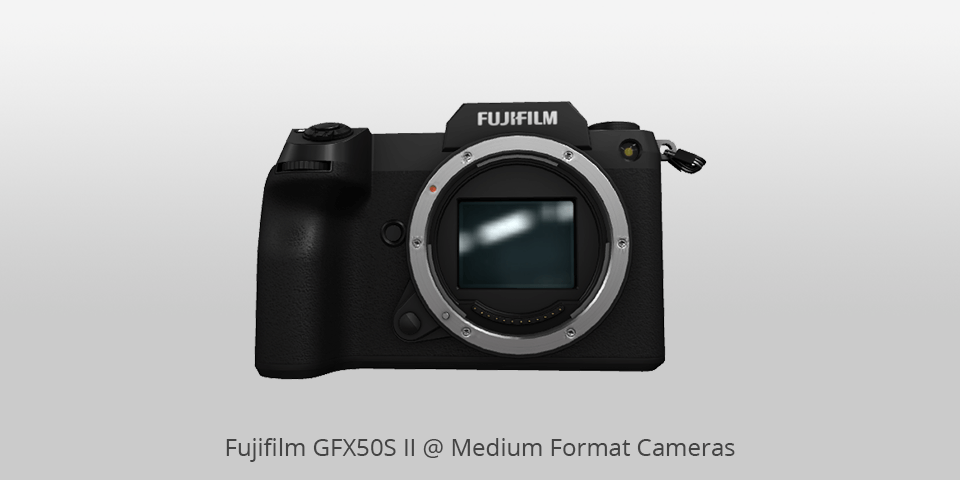
Type: Mirrorless | Megapixels: 51.4MP | Viewfinder: 0.5" OLED | Shooting speed: 3fps | Video resolution: 1080p
The Fujifilm GFX50S II boasts a massive image sensor, which means you'll capture incredible levels of detail and tonality. Thanks to the stabilization system, you can confidently shoot handheld in various conditions, without worrying about blur ruining your shots.
The Fujifilm camera has user-friendly interface. It sports a 3.2'' LCD screen that can tilt on two axes, making it easier to shoot from different angles. The screen is touch-sensitive, allowing you to focus and capture images with a tap.
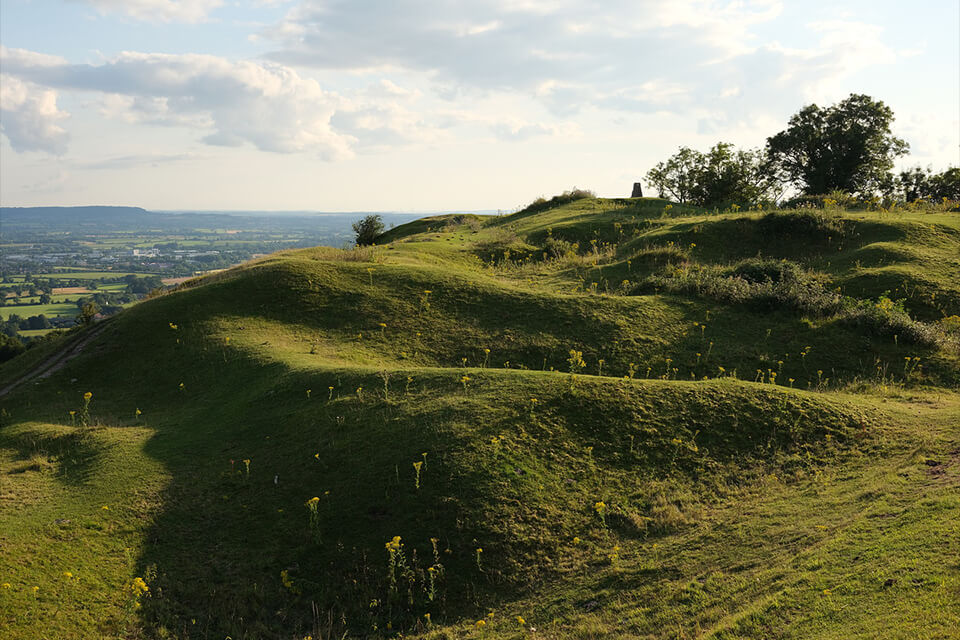
A drive button on the rear of the camera and virtual controls for ISO, Shutter Speed, and Exposure Compensation on the top-panel make it more convenient to use the camera in Live View. The inclusion of film simulation modes on the top-panel is a neat touch too.
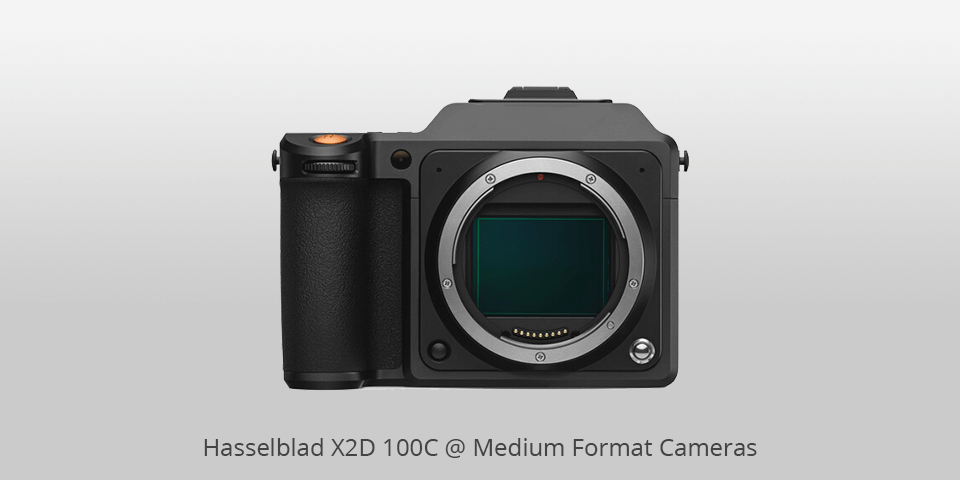
Type: Mirrorless | Megapixels: 100MP | Viewfinder: Electronic, 5.76 million dots | Shooting speed: 3.3fps | Video resolution: None
The Hasselblad X2D 100C boasts a large 3.6-inch touch display that not only shows you the camera status, but also allows for easy navigation through the menu system. This mirrorless camera provides stunning image quality, with incredible depth of tone and a whopping dynamic range.
The X2D can lock onto subjects in under half a second. This is a game-changer, especially for fashion photographers who need precise focus and tracking on moving subjects.
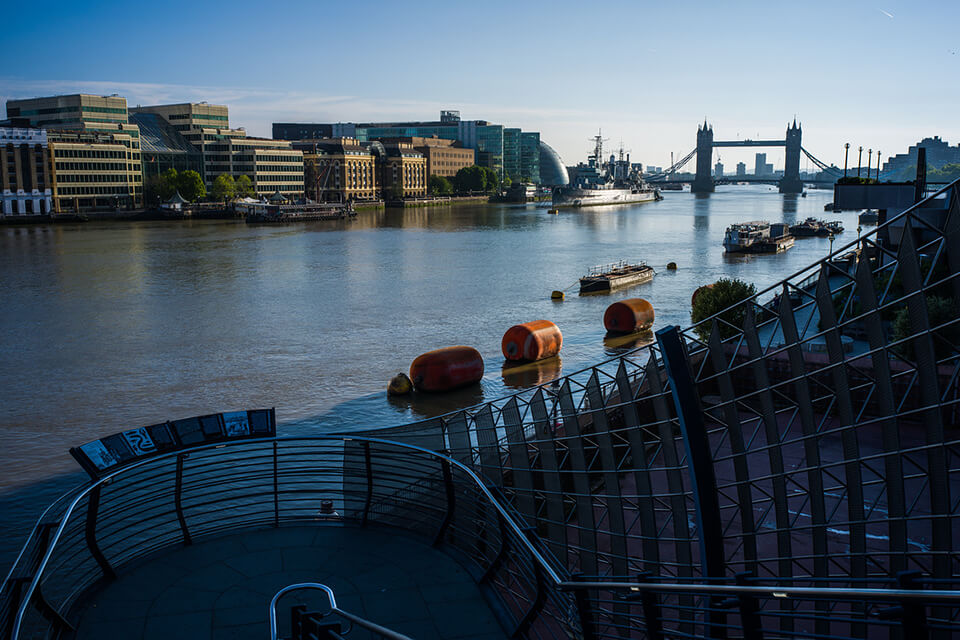
One particularly impressive aspect is the leaf-shutter mechanism. Unlike other medium format digital cameras that use mechanical shutters, the X2D opts for an electronic leaf-shutter. This means a shorter shutter lag, super-fast flash syncing, and reduced chances of mirror bounce and vibrations during exposures.
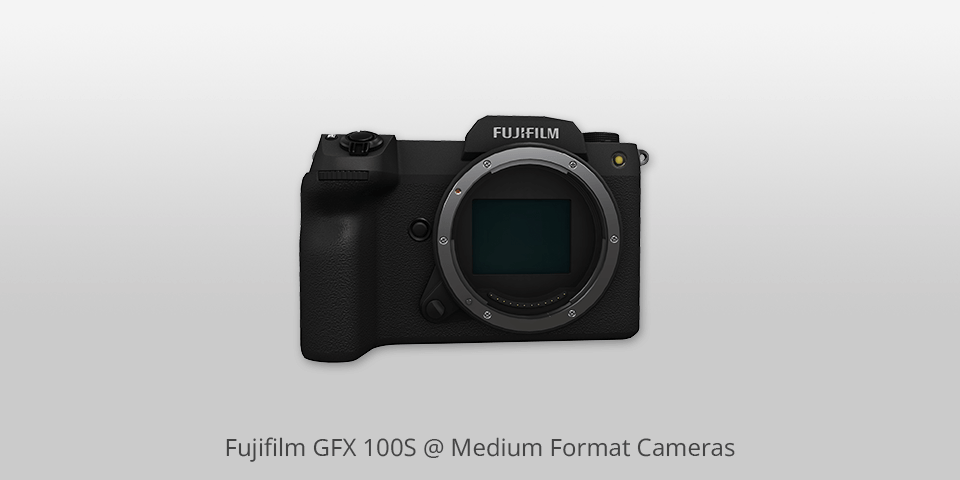
Type: DSLR | Megapixels: 102MP | Viewfinder: 0.5” 3.69 million dot EVF | Shooting speed: 5fps | Video resolution: 4K
If you're someone who requires top-notch image quality, the Fujifilm GFX 100S won't disappoint. With its medium format sensor, it delivers stunningly sharp and detailed images, with smooth tonal transitions from shadows to highlights.
What sets the GFX 100S apart from its competitors is its smaller and lighter body. Most 100MP cameras tend to be bulkier and heavier, but Fujifilm managed to create a more compact and portable option.
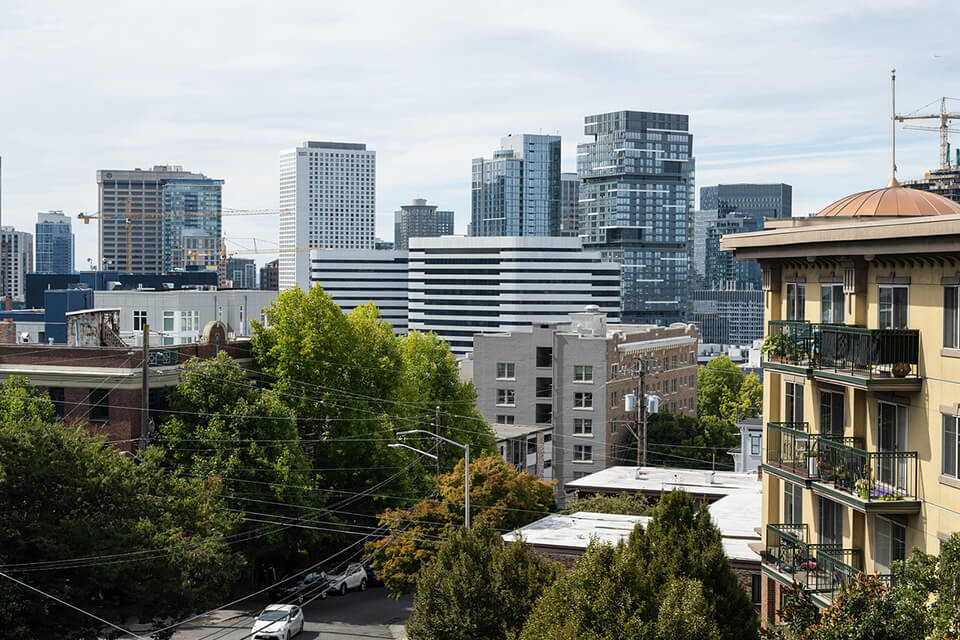
When it comes to shooting clips, this video camera truly shines. It allows videographers to capture cinematic footage with shallow depth of field and impressive low-light performance.

Type: DSLR | Megapixels: 51.4MP | Viewfinder: Prism type | Shooting speed: 3fps | Video resolution: Full HD
One of the main characteristics of PENTAX 645Z is its sensor size, which is more than twice as large as a full-frame imager. This means that it can capture incredible levels of detail and resolution, even at higher sensitivities.
Another advantage of this Pentax camera is its dual Secure Digital card slots, which can support up to 64GB of storage. This allows for flexibility in storing and organizing your files.

The medium format camera's maximum ISO sensitivity and enhanced noise reduction capabilities also provide effective low-light performance.
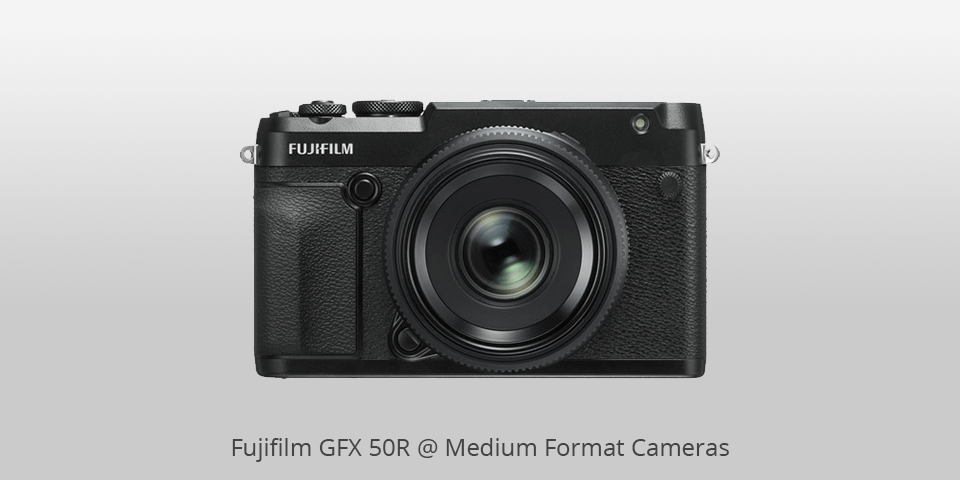
Type: Mirrorless | Megapixels: 51.4MP | Viewfinder: 0.5" OLED | Shooting speed: 3fps | Video resolution: 1080p
One of the standout features of Fujifilm GFX 50R is the large LCD monitor on the back, which offers comfortable eye-level viewing. The clarity, resolution, and vibrant colors you get from this cheapest medium format digital camera are unmatched by smaller formats.
The X-Processor Pro image processing engine is another standout feature. It brings out the best in the large format sensor, providing beautiful film simulation modes, fast startup and shutdown times, accurate autofocus, minimal shutter release time lag, excellent noise control, and a wide dynamic range.
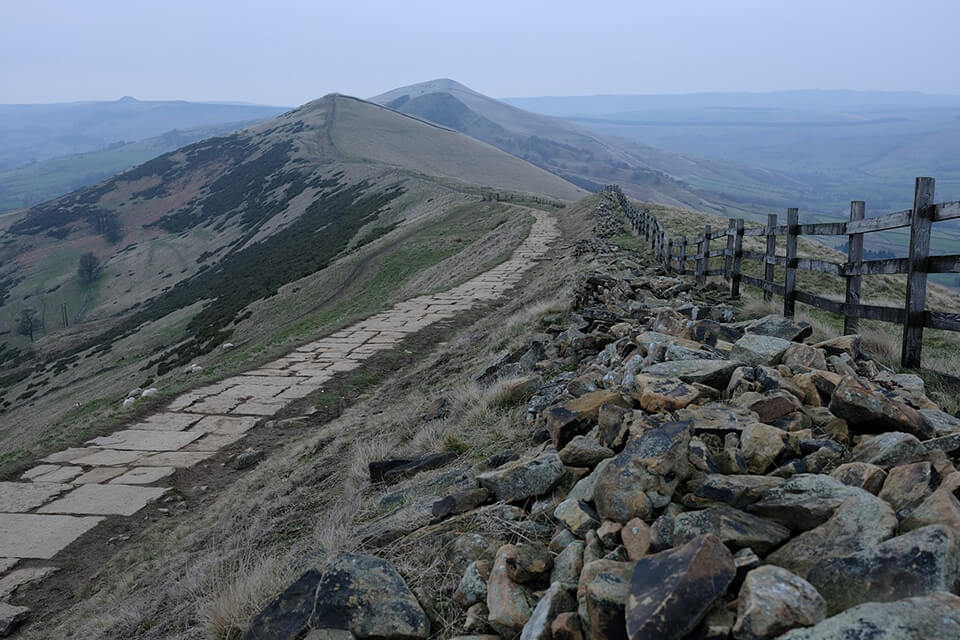
It even has the capability to record Full HD video with audio, and you can connect an external microphone for better sound quality.
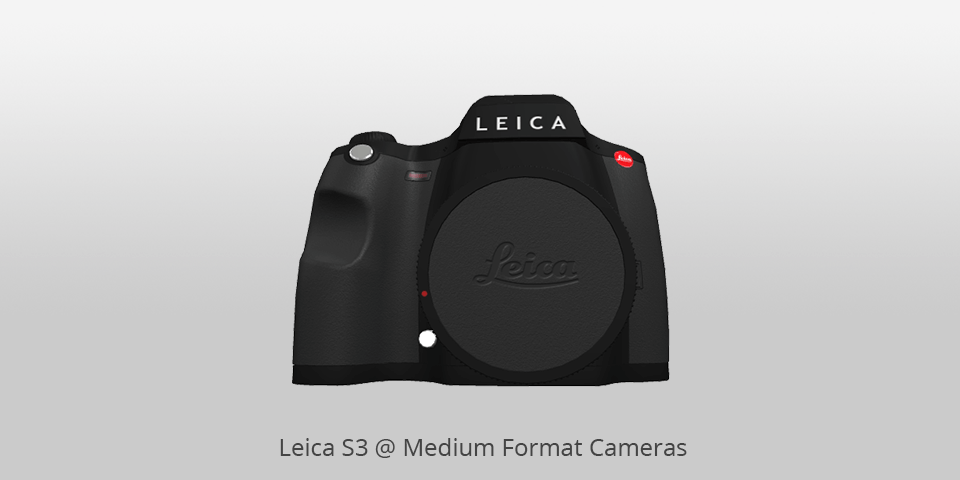
Type: DSLR | Megapixels: 64MP | Viewfinder: Pentaprism type | Shooting speed: 3fps | Video resolution: 2160p
The Leica S3 is definitely geared towards professionals who demand exceptional image quality and are willing to invest in a high-end piece of equipment.
One of the standout features of this Leica camera is its impressive 64MP sensor, which allows for extreme details and an incredible dynamic range of 15 stops. This means you can capture images with stunning tonal separation between shadows and highlights. The camera's sensitivity is also worth mentioning, as it allows you to shoot in low-light conditions without the need for flash.
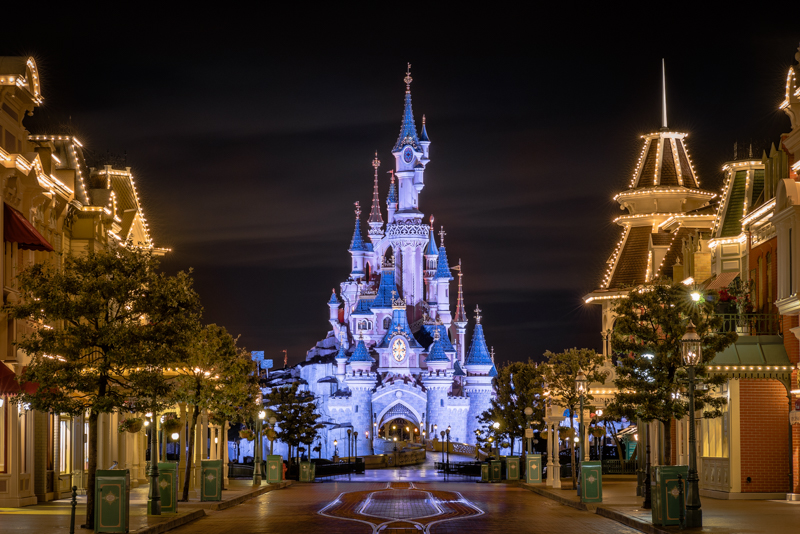
Another advantage is the camera's ability to capture cinema 4K videos. The quality of the recordings is top-notch, thanks to the use of 4:2:2 color subsampling. It's a great option for those who want to add a cinematic touch to their videos.
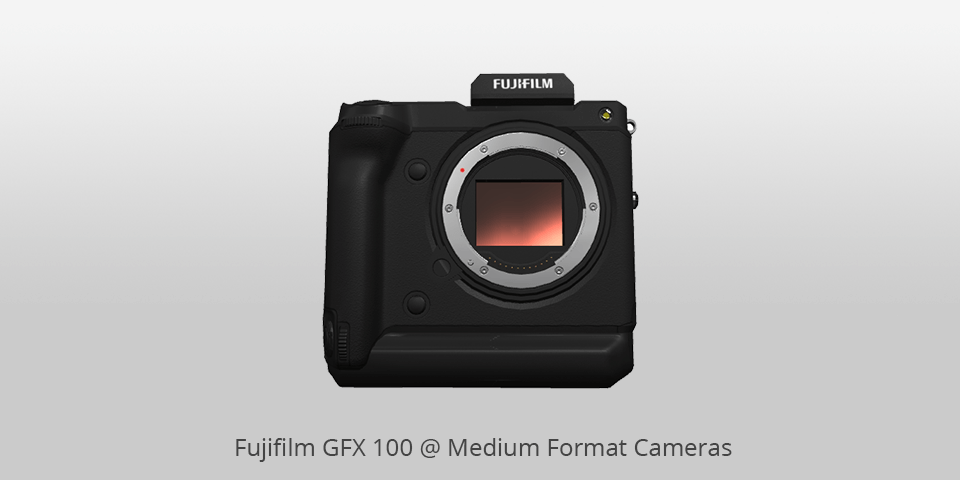
Type: Mirrorless | Megapixels: 102MP | Viewfinder: EVF | Shooting speed: 5fps | Video resolution: 4K
One of the standout features of the Fujifilm GFX 100 is its ability to shoot handheld and off of a tripod. This makes it a dream camera for fashion photography, high-end portraits, product photography, and landscapes. The large image sensor plays a huge role in producing those detailed and beautiful images.
This medium format camera has some great features like flaps that cover the various ports, a dedicated button for recording HD video, and a large LCD display on the back for quick settings changes. However, I must admit, the nine unlabeled buttons on the camera can be a bit overwhelming at first.
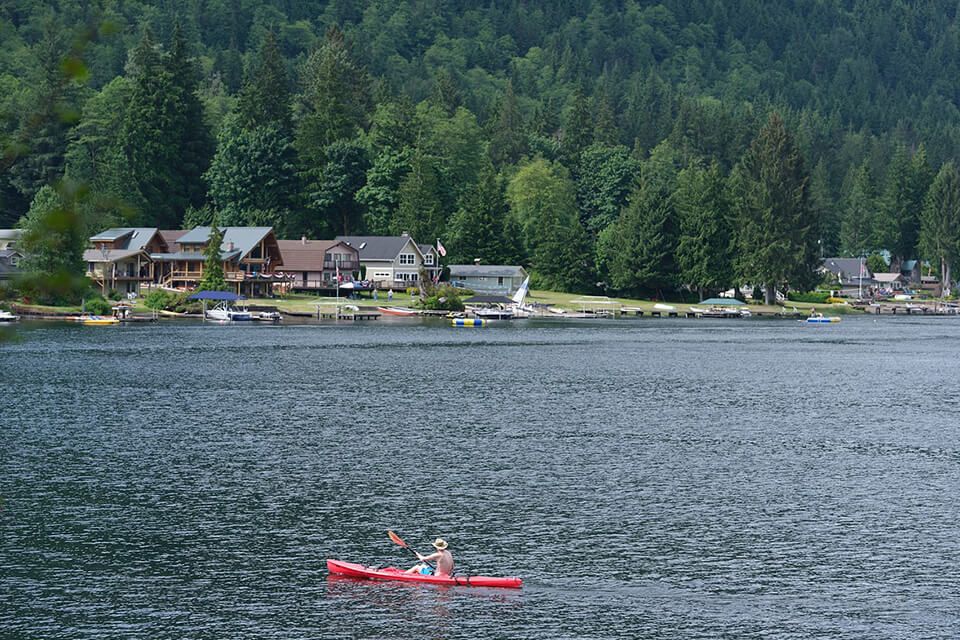
The GFX 100 performs exceptionally well in low-light situations. With a native ISO range of 100 – 12,800, it offers minimal noise at higher ISOs. However, there is some noticeable noise when you go above ISO 3200.
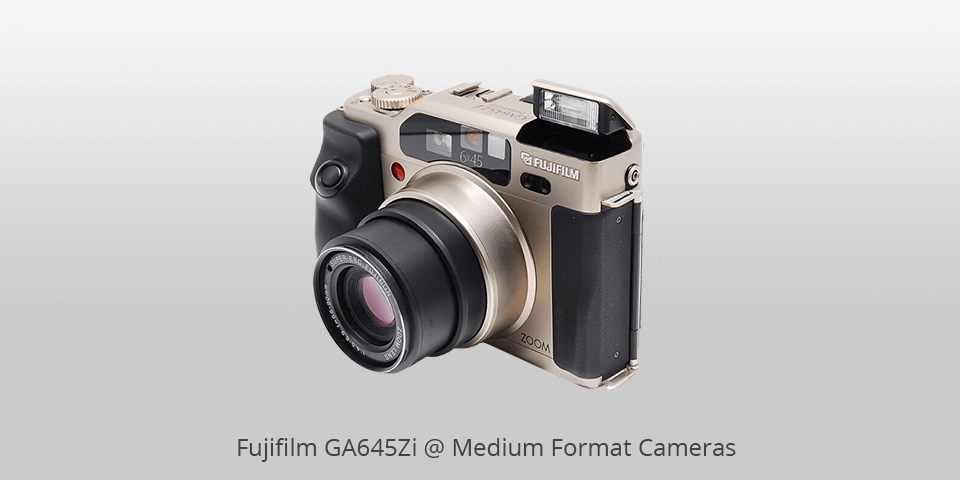
Type: SLR Film | Format: 6×4.5 | Shutter Speeds: 2 sec to 1/700 sec | Battery: 2xCR123a 3V lithium battery
If you're a film shooter who doesn't want to fuss around with complicated settings, then Fujifilm GA645Zi might just be your best friend. It's got a simple point-and-shoot system that's easy to master, so no steep learning curve here.
The autofocus and auto exposure metering are spot-on accurate, saving you the trouble of focusing manually or jotting down settings. Plus, it records the date and camera settings right on the film margins.
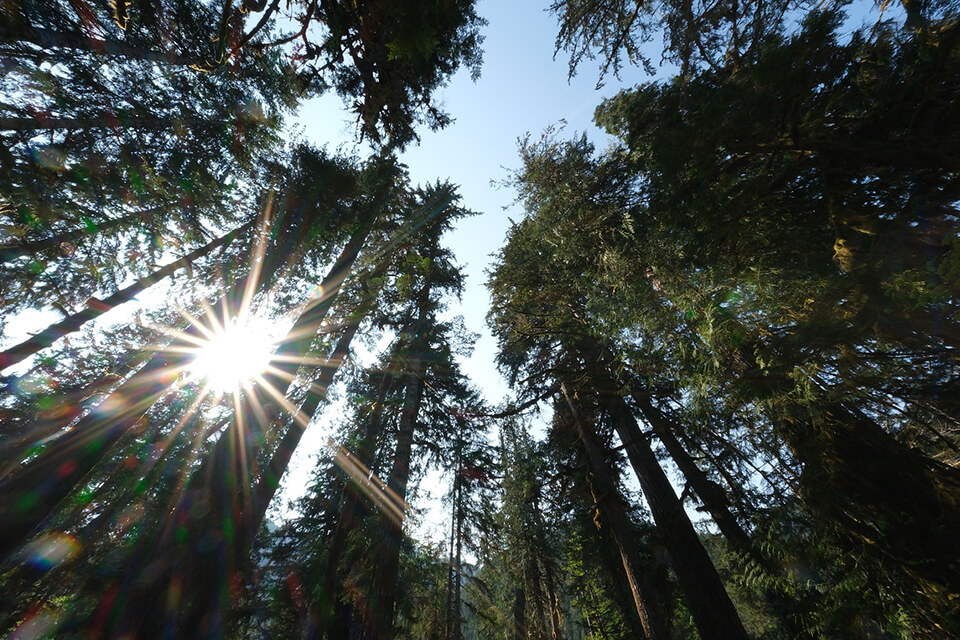
This film camera also packs in some handy features like automatic rewind at the end of a roll, and a nifty last shot warning that beeps in the viewfinder when you're down to your final frame. The viewfinder is user-friendly with a bright and well-designed data display.
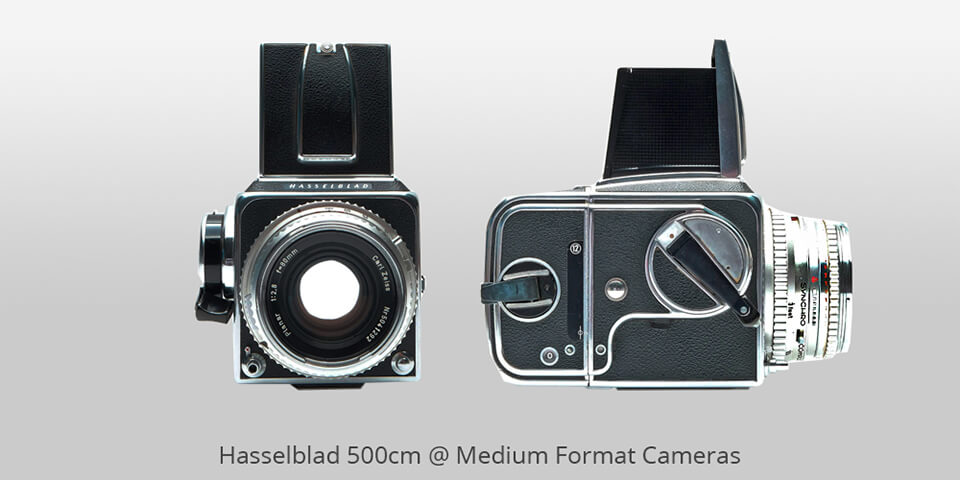
Type: Film | Format: 6×6 | Shutter Speeds: 1 sec to 1/500th of a sec | Battery: 100% mechanical
One of the main characteristics of the Hasselblad 500cm is its size. It's big enough to feel substantial in your hands, which gives it a professional feel, but it's also small enough to make it portable. So, whether you're shooting in the studio or exploring the great outdoors, this medium format camera is a great companion.
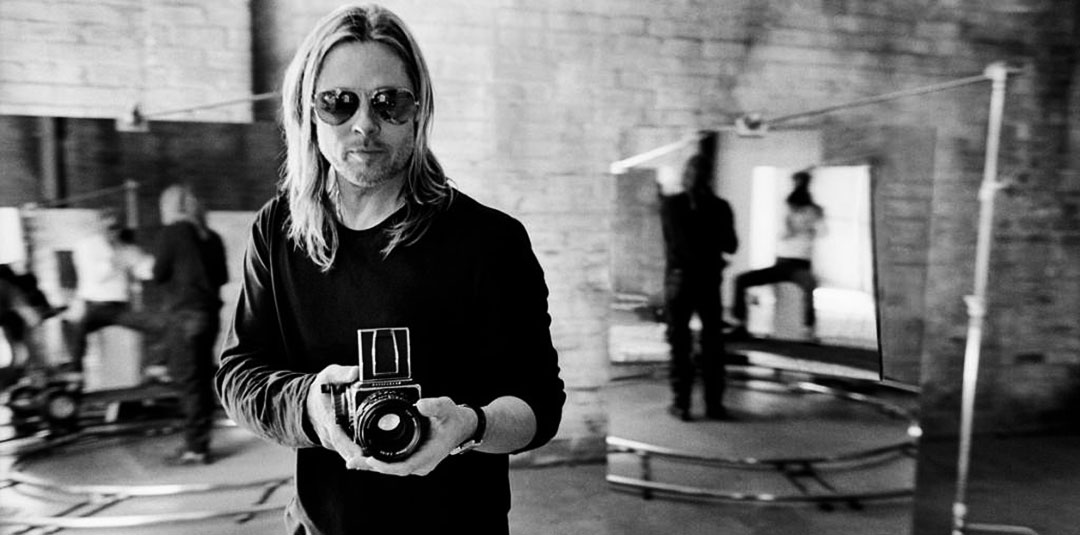
Another great feature of the Hasselblad 500cm is its modular design. You can easily swap out the film back or finder for another, giving you more flexibility in your photography. Speaking of film, this camera features a leaf shutter and an A12 film back, which allows you to produce 12 6x6 negatives on 120 roll film.
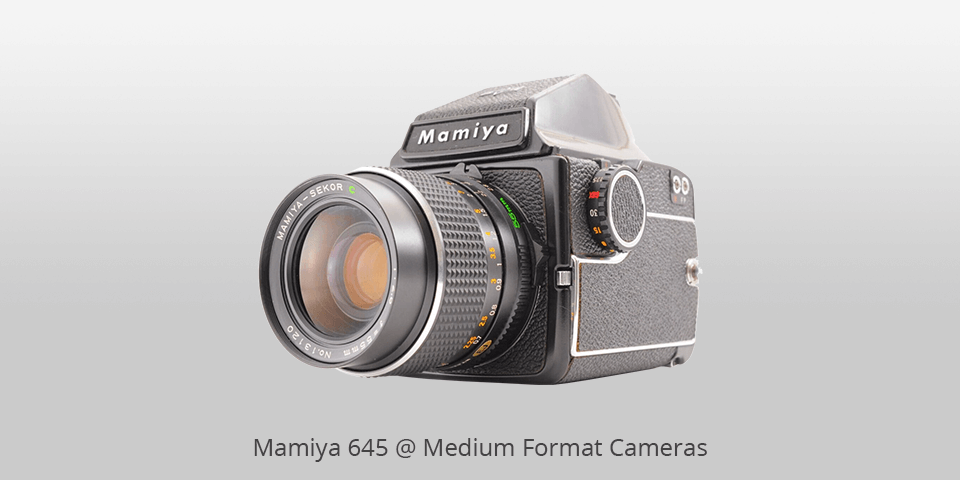
Type: SLR Film | Format: 6×4.5 | Shutter Speeds: 8 sec to 1/500 sec | Battery: 6V silver oxide battery
One of the standout features of the Mamiya 645 is its lightweight and durable build. This makes it a great camera to take with you on the go, especially for travel film photography. Additionally, the Mamiya 645 offers a wide range of lenses that deliver excellent sharpness, giving you the ability to capture stunning, high-quality images.

Another great thing about the Mamiya 645 is its modular system. This means that you have the flexibility to choose from various viewfinders, focusing screens, and backs to customize the camera to your shooting style and needs. You can even add different winders and grips for added convenience.

Type: TLR | Format: 6×6 | Shutter Speeds: 1 to 1/500 sec | Battery: No, mechanical camera
The Rolleicord III is a medium format camera that takes 120 film and gives you 12 beautiful 6x6 images per roll. The large film negatives allow a three-dimensional feel that you just can't get with smaller formats.
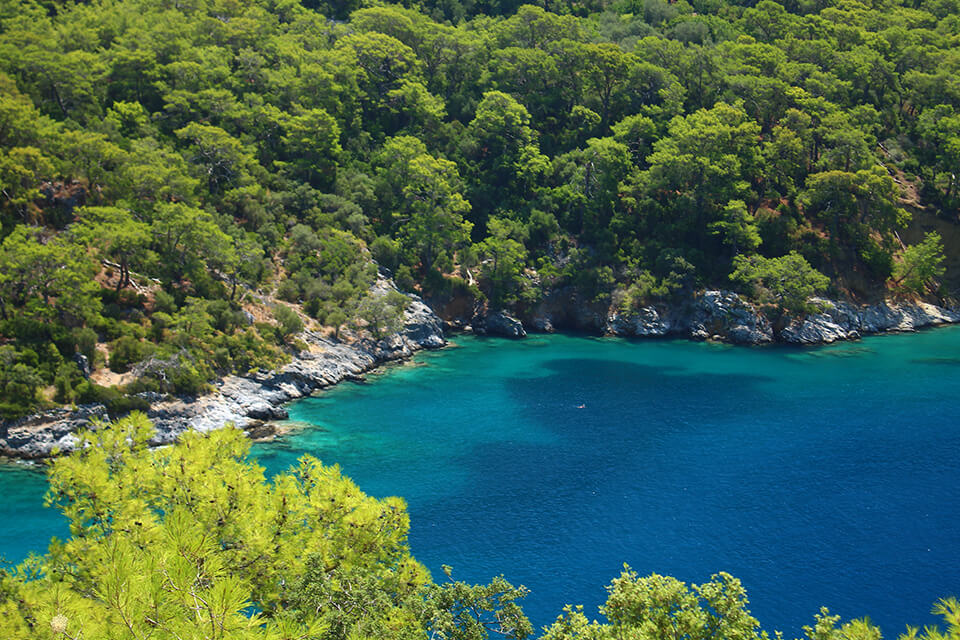
Another advantage of this TLR format camera is the viewfinder. It displays an image that is almost identical to what will be recorded on the film, allowing you to check for proper focus. This is particularly helpful when shooting distant subjects or close-ups, where focus can be a challenge with other formats.

Type: SLR Film | Format: 6×6 | Shutter Speeds: 16 sec to 1/1000 sec | Battery: Single 6 volt battery
The Bronica SQ-Ai is known for its modular design, which means you can customize it to fit your specific needs. One standout feature is its Seiko manufactured electronic shutter, offering speeds up to 1/500 sec. This gives the camera a range that's not matched by many other medium format cameras.
Plus, it supports TTL automatic flash metering and has the option for motor drive, allowing for continuous film advance.
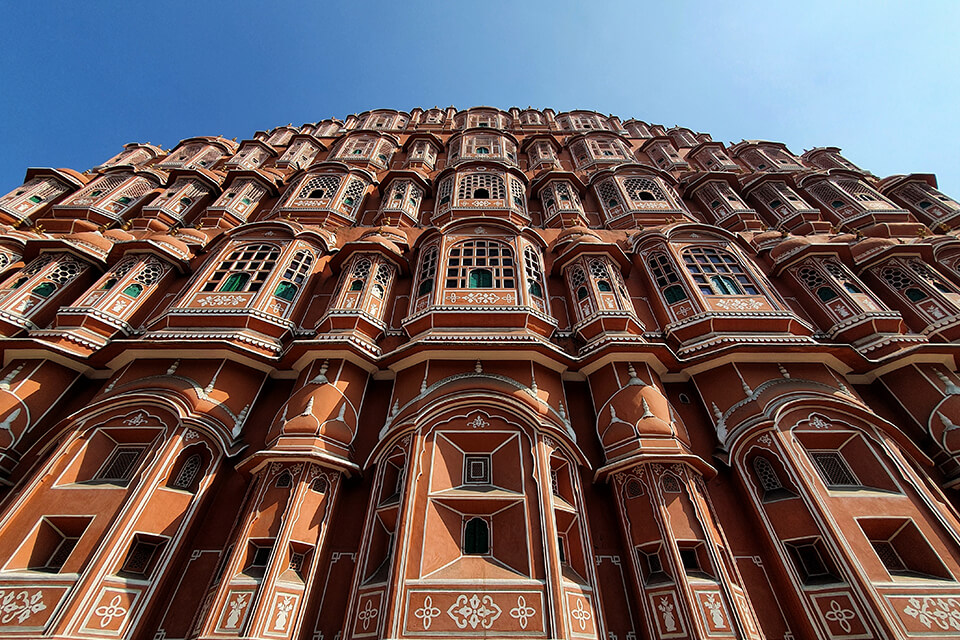
Compared to other cameras, the SQ-Ai is quite affordable, especially when you consider the cost of similar models from Hasselblad. It also allows you to fit more pictures onto a roll of film, saving you money in the long run.
Medium format cameras, whether digital or film, offer exceptional image quality and unique features. It ultimately comes down to personal preference and the type of photography you want to pursue.
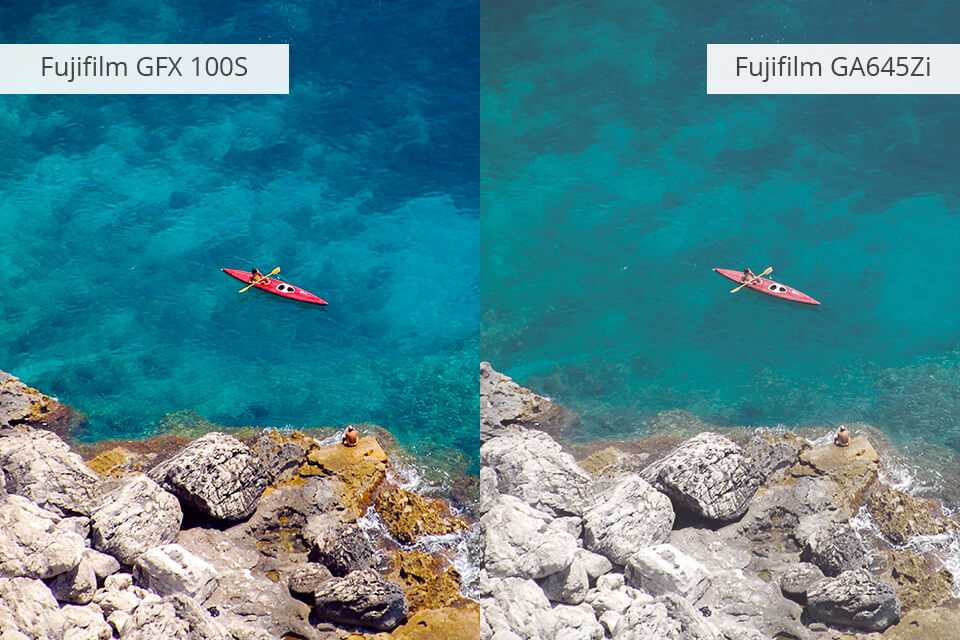
The medium format film cameras use 120 or 220 roll film, and they're usually built for professional photographers. They come with features that make them perfect for weddings, portraits, and high-end commercial work.
Type of camera. TLR or Twin Lens Reflex is the cheapest kind of "professional" film cameras. One lens is needed for focusing, and the second is directly for shooting. In these cameras, you look through the top of the device to see the image.
SLR or Single Lens Reflex is the most common and accessible among advanced cameras. In such cameras, you can change your lenses, and the choice of lenses depends on the manufacturer.

Type of film. There are two medium format film types. 120 film has a paper coating along the entire length and can accommodate 12 frames of 60x60 mm per reel. 220 film does not have a paper coating over the entire length and can accommodate 24 frames of 60x60 mm per reel. Not all medium format cameras are compatible with 220 films. Therefore, I recommend working with the 120 film.
The medium format digital cameras are lightweight, compact, and offer the ability to record 4K video. However, they might not be the best choice for wildlife or extreme sports photography.
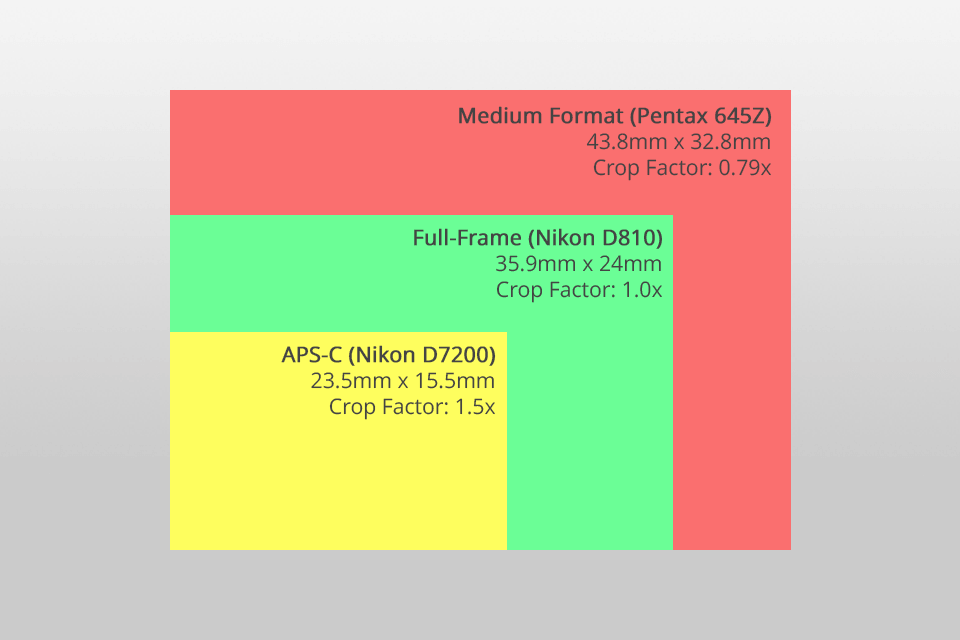
Resolution. Pay attention to the camera sensor. If you're keen on making large prints with incredible detail and minimal noise or grain, go for a digital camera with a high resolution. On the flip side, if you prefer the nostalgic feel of film, opt for a camera with a smaller sensor size and lower pixel count, which still provides excellent image quality.
Additional features. The medium format digital cameras often come with cool features like a tilting touchscreen LCD display and fast continuous shooting speeds. Some even allow you to record 4K video.
Weight and ergonomics. If you take the weight of a medium format camera with a lens, it will be about 4.4 pounds, which is significantly more than the usual weight of a camera. Therefore, choosing such a product, you should pay attention to its convenience as well, because there are more compact and convenient variants, such as Fujifilm GFX 50s, and there is Hasselblad 500cm, which is much larger and not so convenient.
It is a DSLR or mirrorless camera that boasts a larger image sensor than traditional 35mm cameras. This larger sensor delivers exceptional image quality and a unique "medium format look" that cannot be replicated. The main disadvantage in price is that these cameras are among the most expensive cameras in the world.
These cameras are often favored by photographers in fashion, product, and high-end portrait photography due to their ability to capture textures and beautiful skin tones. Their larger sensors and high-resolution capabilities make them ideal for capturing intricate details, producing stunning prints, and providing flexibility in post-processing.
The main advantage of a medium format camera lies in its ability to produce incredibly detailed images. The larger sensor size allows for more pixels, resulting in superior image quality and reduced digital noise at higher ISOs. However, it's important to note that the files produced by medium format cameras tend to be larger and may require more processing time. Additionally, medium format cameras can be more expensive and may not be compatible with existing lenses, which could be a drawback for photographers with an existing lens collection.